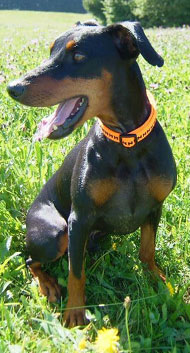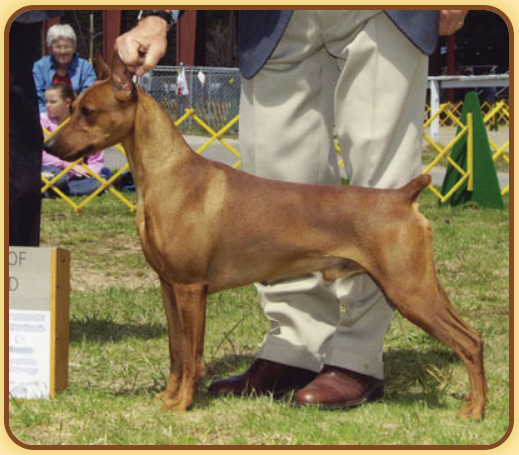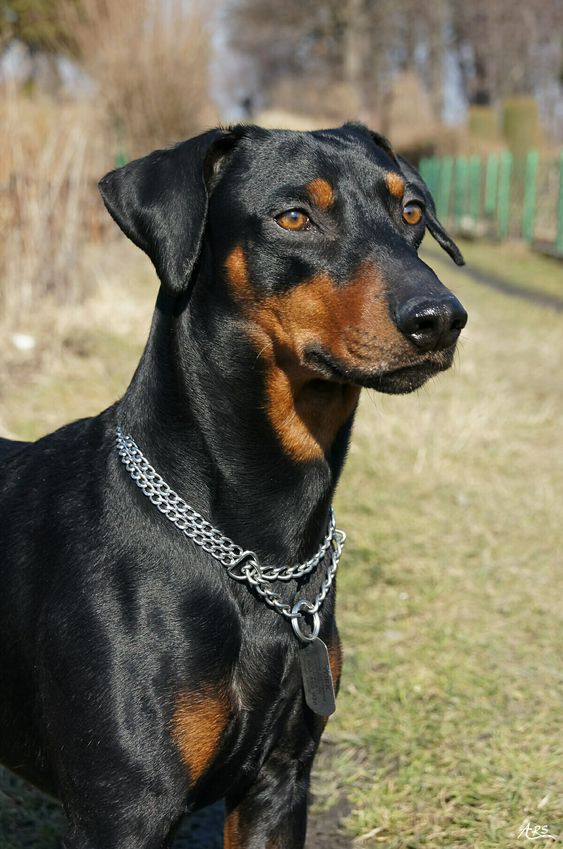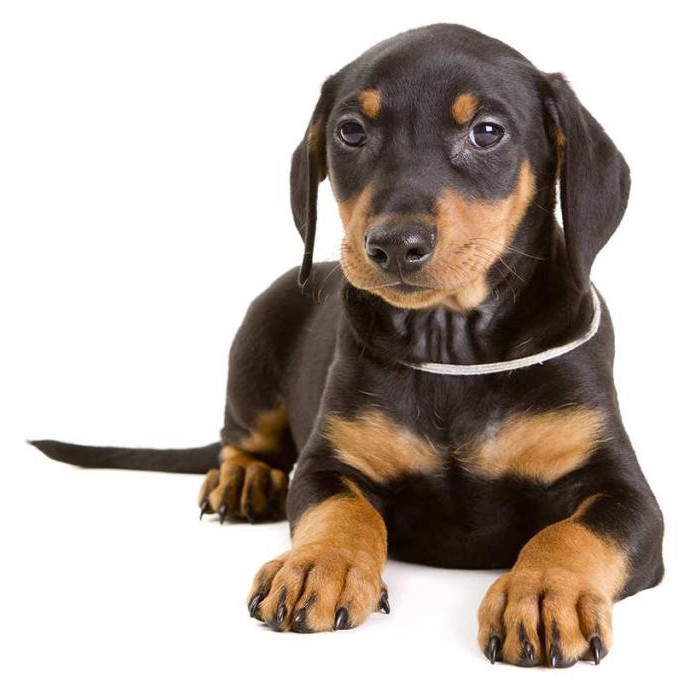German Pinschers are a breed of medium-sized dogs known for their intelligence, agility, and loyalty. Originating from Germany, these dogs were traditionally used as rat hunters, but they have evolved into versatile working dogs and loving family pets. With a sleek and elegant appearance, German Pinschers have caught the attention of many dog lovers, and it’s not hard to see why. In this article, we will delve deeper into the world of German Pinschers, discussing everything from their history and characteristics to their training and care. So, whether you’re new to the breed or already a proud owner, read on to learn more about the amazing German Pinscher.
History and Characteristics

German Pinschers, also known as Deutscher Pinscher, have a long and rich history dating back to the 15th century. They were bred by German farmers to be fearless and efficient rat catchers, and they quickly became popular for their hunting abilities. However, during World War I and II, the breed almost went extinct due to food shortages and lack of resources. Thankfully, dedicated breeders were able to revive the German Pinscher, and today, they have become a beloved breed in many countries, including the United States.
When it comes to physical appearance, German Pinschers are often compared to their larger cousins, the Doberman Pinschers. They have a square-shaped head with a long muzzle and almond-shaped eyes. Their ears are high-set and can be either cropped or left natural. The most distinctive feature of a German Pinscher is their sleek coat, which comes in different shades of fawn, red, black, and blue with tan markings. They have a muscular and athletic body that gives them a regal and powerful look.
Trainability and Uses
Being intelligent and eager to please, German Pinschers are highly trainable and excel in various activities. With the right training and socialization, they can be excellent family pets, therapy dogs, and even excel in sports such as agility, obedience, and tracking. However, their strong prey drive and protective nature may require an experienced owner to handle them.
Some trainers recommend using positive reinforcement techniques, such as rewards and praise, to train German Pinschers. Start training them from a young age and expose them to different environments and people to help them develop good social skills. As with any breed, consistency and patience are key to successful training.
Examples of German Pinscher
- Family Pet: Despite their history as rat hunters, German Pinschers make excellent family companions. They are playful, energetic, and affectionate, making them ideal for families with children. These dogs thrive on human attention and love to be included in all family activities.
- Police Work: Due to their intelligence and athleticism, some German Pinschers have been trained for police work. They are used in search and rescue missions, drug detection, and as guard dogs.
- Therapy Dog: German Pinschers have a gentle and calm demeanor, making them suitable candidates for therapy dog work. Many owners have reported their dogs providing comfort and emotional support to hospital patients and elderly residents in nursing homes.
Comparing German Pinschers with Other Breeds

German Pinschers share some similarities with other breeds, but they also have unique characteristics that set them apart. For instance, they bear a close resemblance to Doberman Pinschers and Miniature Pinschers, but their size and temperament differ significantly. German Pinschers are larger and more muscular than Miniature Pinschers, and they are less sensitive and prone to barking compared to Dobermans.
Another breed often compared to the German Pinscher is the Belgian Malinois. Both breeds are intelligent and excel in various jobs, but the Malinois tends to be more reserved and aloof, while the German Pinscher is more outgoing and playful.
Tips for Caring for a German Pinscher

- Exercise: As an active breed, German Pinschers require regular exercise to stay physically and mentally stimulated. A daily walk or run in a fenced yard is essential to keep them happy and healthy.
- Grooming: The sleek coat of a German Pinscher needs minimal grooming, with weekly brushing being sufficient. They shed seasonally, so expect some shedding during spring and fall.
- Socialization: Early socialization is crucial for German Pinschers to help them develop good manners and get along with other pets and people. Expose them to different situations and introduce them to new people to avoid any aggressive tendencies.
- Health: Like all breeds, German Pinschers are prone to certain health conditions such as hip dysplasia and von Willebrand’s disease. Regular visits to the vet and proper nutrition can help prevent these health issues.
- Training: With their intelligence and desire to please, German Pinschers need mental stimulation to prevent boredom. Training sessions and interactive toys can help keep their minds sharp and prevent destructive behaviors.
Conclusion

German Pinschers are a versatile and loyal breed that has captured the hearts of many dog lovers around the world. With their striking appearance, intelligence, and loving nature, it’s not surprising why they have become a popular choice for families and working dog enthusiasts alike. With proper care, training, and socialization, a German Pinscher can make an excellent addition to any household. So, whether you’re looking for a loving companion or a hard-working partner, a German Pinscher may just be the perfect breed for you.